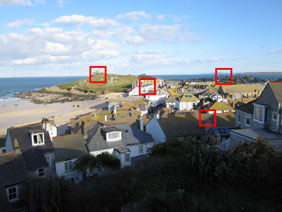Canon Digital IXUS 120 IS / PowerShot SD940 IS ELPH
-
-
Written by Gordon Laing
Canon IXUS 120 IS / SD940 IS vs IXUS 200 IS / SD980 IS vs Nikon COOLPIX S570 Real-life resolution
Canon IXUS 120 IS / PowerShot SD940 IS ELPH results: Real-life resolution / High ISO Noise
Canon IXUS 120 IS / SD940 IS |
Canon IXUS 200 IS / SD980 IS |
Nikon COOLPIX S570 | ||
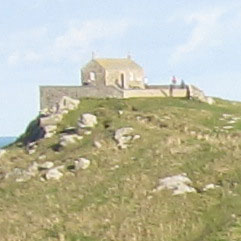 | 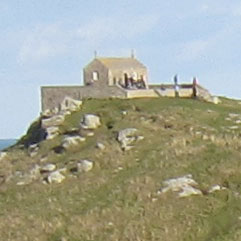 | 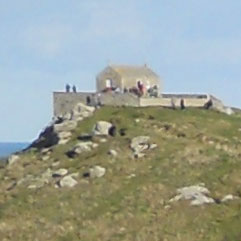 | ||
f8, 80 ISO |
f4, 80 ISO |
f5.4, 80 ISO | ||
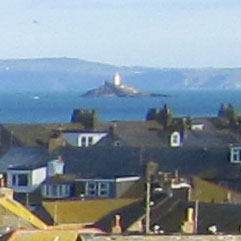 | 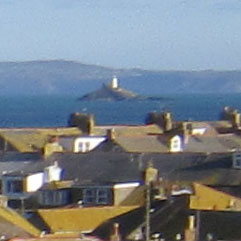 |  | ||
f8, 80 ISO |
f4, 80 ISO |
f5.4, 80 ISO | ||
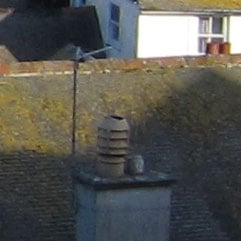 | 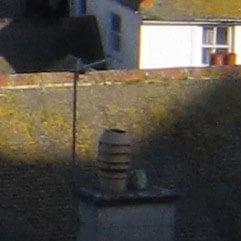 | 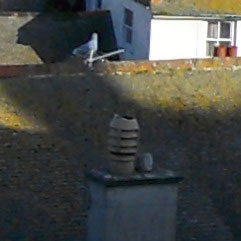 | ||
f8, 80 ISO |
f4, 80 ISO |
f5.4, 80 ISO | ||
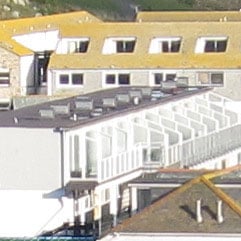 | 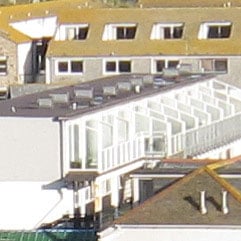 | 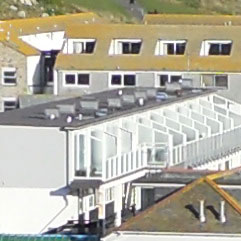 | ||
f8, 80 ISO |
f4, 80 ISO |
f5.4, 80 ISO | ||
Canon IXUS 120 IS / PowerShot SD940 IS ELPH results: Real-life resolution / High ISO Noise
To compare real-life performance we shot this scene with the Canon IXUS 120 IS / SD940 IS, the Canon IXUS 200 IS / SD980 IS and the Nikon COOLPIX S570, within a few moments of each other using their best quality JPEG settings. The lenses on each camera were set to approximate the same field of view and each was set to Program or Auto mode with manual ISO override. Each camera automatically selected the apertures shown below. The above image was taken with the Canon IXUS 120 IS / SD940 IS set to 80 ISO. The lens was set to 5mm and the evaluative metering selected an exposure of 1/100 of a second at f8. The original 4000×3000 pixel image had a file size of 2.4MB. The first thing to say about the test shot from the Canon IXUS 120 IS / SD940 IS is that there’s very little to find fault with. The exposure is good, this is a difficult subject with a high dynamic range and the evaluative metering has done an excellent job, selecting an exposure that manages to capture all the available shadow detail with only slight clipping of the highlights. If you compare the detail in the crops taken from the centre and edges of the frame you’ll notice a slight softening in detail at the edges, but it’s not nearly as pronounced as some results we’ve seen in other compacts and there’s no sign of coloured fringing caused by chromatic aberration. That’s not to say that the IXUS 120 IS / SD940 IS isn’t prone to fringing, just that it’s not present here (and we had to look hard though all our test shots to find evidence of it). In terms of sharpness and edge detail the IXUS 120 IS / SD940 IS is hard to fault. All the visual indicators in our test shot – the crosses on top of the chapel, the distant lighthouse near the frame edge, the foreground houses in the same crop and the balcony rails in the centre – all show good clear sharp detail with no evidence of fringing or smearing caused either by lens deficiencies or heavy-handed processing. Given that there’s little to find fault with in the IXUS 120 IS / SD940 IS, you’d expect that the IXUS 200 IS / SD980 IS and the Nikon COOLPIX S570 would have a big job on their on their hands to compete with its excellent all-round image quality. But as the crops show, in terms of image quality, there’s actually very little to choose between these three cameras. The IXUS 200 IS / SD980 IS has produced a slighly more contrasty image that nonetheless retains good detail throughout the tonal range. Despite minor differences in the crops though, there’s little to choose between them overall. Like the IXUS 120 IS / SD940 IS, all the crops show good sharp image detail. And it’s an almost identical story with the Nikon COOLPIX S570. The first crop looks to be a little soft compared with both Canon compacts – the crosses on the chapel roof aren’t so well defined, but the lighthouse and balcony crops are a little sharper. All these differences are marginal though, and, overall, there’s no compelling evidence that justifies placing any one of them ahead of the others. Now head over to our Canon IXUS 120 IS Noise results to see how it compares in terms of high sensitivities. |
